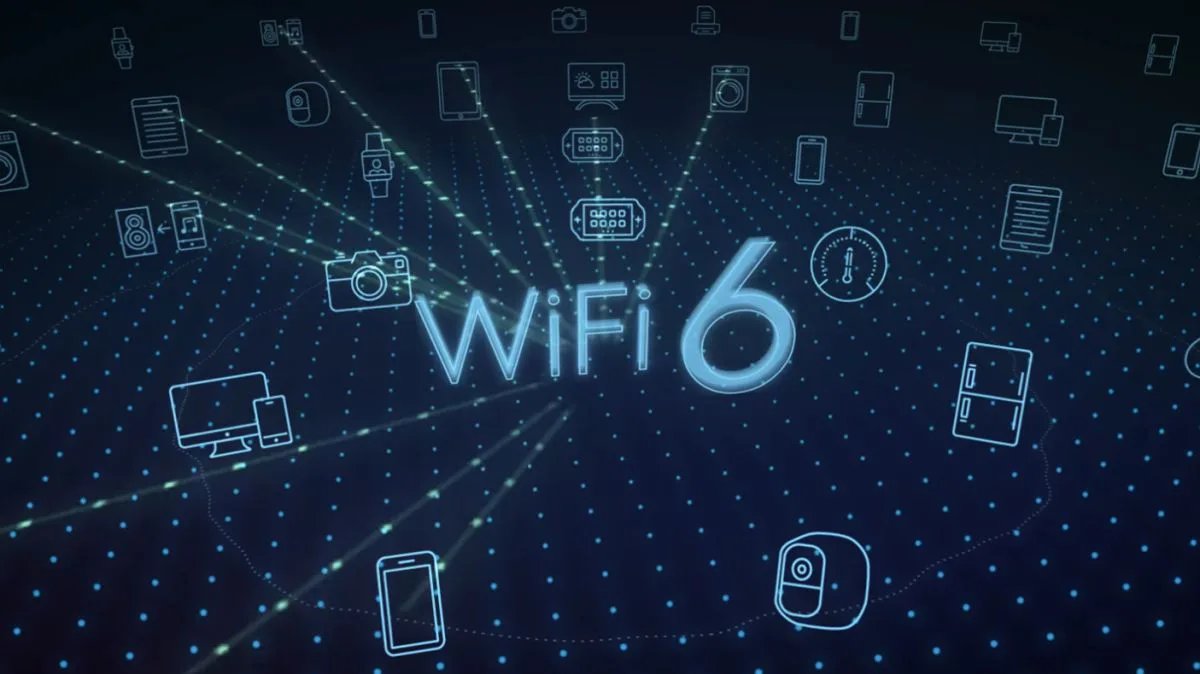

The Wireless Broadband Alliance (WBA) and the Next Generation Mobile Networks Alliance (NGNA) say a new document outlining the opportunities offered by converged networks adds "new evidence" that Wi-Fi 6 will play a vital role in the success of 5G.
Earlier this year, the Wi-Fi Alliance decided to adopt a more user-friendly nomenclature, abandoning technical standards like "Wi-Fi 802.11ac" for a more generational approach. This means that the next major iteration of the technology, Wi-Fi 802.11ax, will be called "Wi-Fi" 6.
Wi-Fi 6 makes it possible, among other things, to accelerate speeds, increase capacity, and improve performance in congested areas or times of high demand.
Wi-Fi 6 5G convergence
OEMs and many operators believe that Wi-Fi 6 will be a complementary technology to 5G, contributing to the creation of converged network services.
Specifically, convergence will see the boundaries between cellular and wireless connectivity blurred, allowing operators to seamlessly transfer traffic between networks while maintaining a high level of control and visibility. The end user should benefit from a superior experience and better connectivity.
The WBA has already issued guidelines and a set of minimum specifications to encourage adoption.
"Mobile and Wi-Fi operators, equipment manufacturers, and end users should benefit from the continued convergence of Wi-Fi and cellular networks, especially with the release of Wi-Fi 6 later this year and the development of Wi-Fi -Fi. continuous 5G. networks, "said Tiago Rodrigues, general manager of the WBA.
"As the paper notes, the convergence of 5G and Wi-Fi 6 in the RAN is essential for 5G coverage in dense areas and indoor deployments by operators."
The new whitepaper, which includes contributions from BT, Orange, Cisco and Huawei, outlines possible applications and identifies several challenges.
It indicates that corporate, residential, and public networks will be transformed by using wireless access points, 5G, and femtocells to handle traffic. For example, a person may move to a connected city with seamless connectivity when their device is transferred from a mobile hotspot to a cellular network.
Meanwhile, the connected factory will be able to maximize the benefits of the Internet of Industrial Things (IIoT) by ensuring constant connectivity of critical systems and optimal routing of traffic. Latency and capacity will be a determining factor in the successful implementation of IIoT.
However, the white paper also acknowledges the challenges of achieving this vision. These include the difficulty of maintaining end-to-end performance and the development of a standard interface.